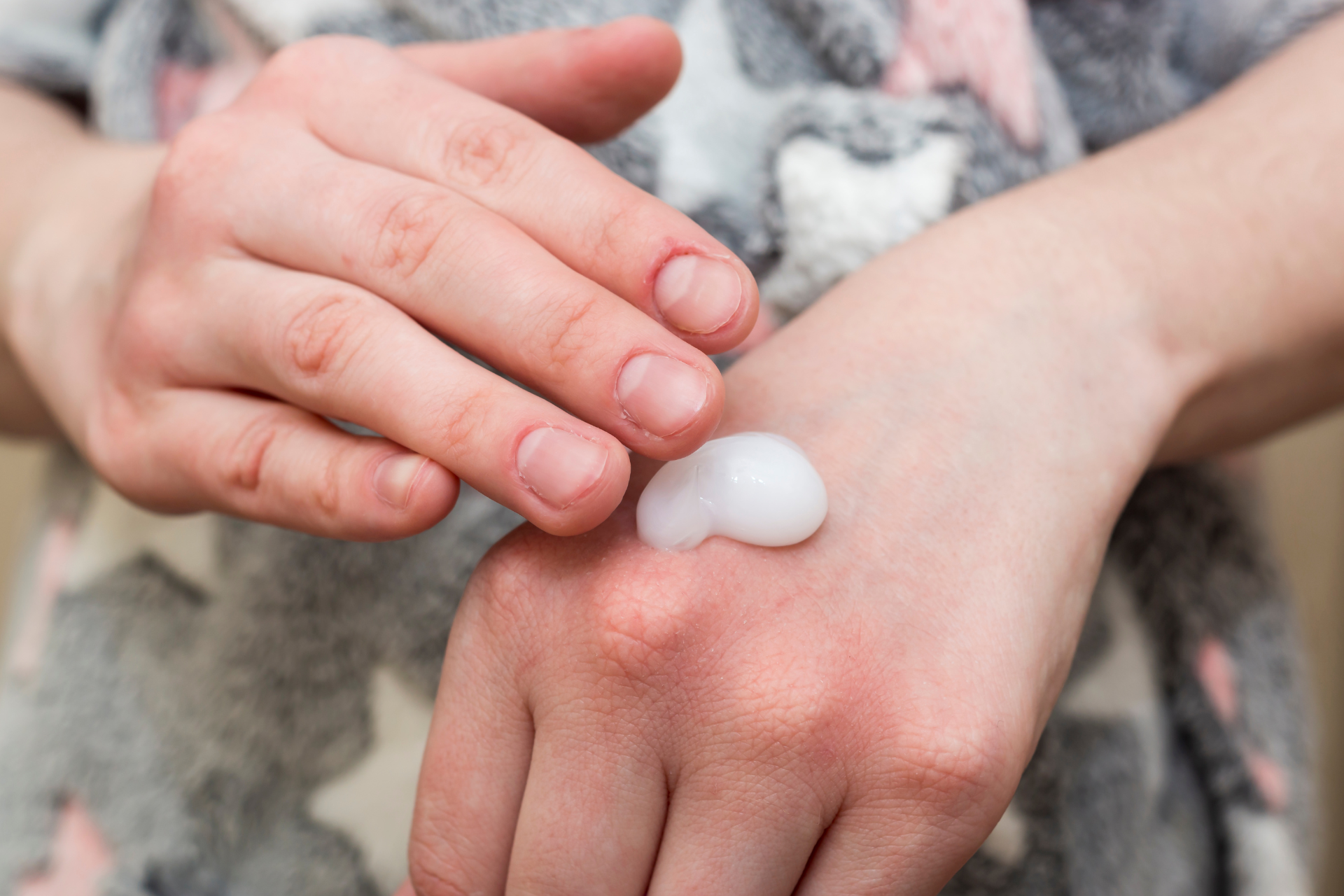How to Soothe and Heal Skin Irritations at Home

In our daily lives, we often encounter skin irritations that can range from mild redness and itchiness to more severe conditions like eczema or psoriasis. These irritations can be uncomfortable and sometimes even painful, but there are several simple and effective ways to soothe and heal them in the comfort of your home. Fall Creek Skin and Health Clinic is here to provide you with expert advice on how to take care of your skin without ever leaving your home.
1. Identify the Cause
Before you can effectively treat a skin irritation, it's important to first identify the cause. Common culprits include allergies, harsh chemicals in skincare products, environmental factors, or underlying skin conditions. By pinpointing the cause, you can tailor your treatment to address the root of the issue.
2. Practice Good Skincare
Maintaining a good skincare routine is essential for keeping your skin healthy and preventing irritations. Use gentle, fragrance-free products and avoid harsh exfoliants or scrubs that can further irritate the skin. Cleansing, moisturizing, and protecting your skin from the sun are key steps in maintaining skin health.
3. Try Natural Remedies
Nature offers a wealth of remedies that can help soothe and heal skin irritations. Aloe vera, for example, is known for its soothing and anti-inflammatory properties and can be applied directly to irritated skin. Oatmeal baths can help calm itching and redness, while coconut oil can provide moisturization and relief for dry, irritated skin.
4. Use Cold Compresses
Cold compresses can help reduce inflammation and soothe itching or burning sensations. Simply wrap ice packs or a washcloth soaked in cold water on the affected area for a few minutes at a time to provide relief.
5. Avoid Scratching
While it may be tempting to scratch irritated skin, this can actually worsen the condition and lead to potential infections. Instead of scratching, try applying a gentle, anti-itch cream or lotion to relieve discomfort.
6. Stay Hydrated
Drinking plenty of water is crucial for maintaining healthy skin. Proper hydration helps to keep your skin moisturized and can aid in the healing process of skin irritations.
7. Consult a Professional
If your skin irritation persists or worsens despite home remedies, it's important to seek professional help. Fall Creek Skin and Health Clinic offers expert care for a wide range of skin conditions and can provide personalized treatment plans tailored to your specific needs.
By following these simple tips and taking proactive steps to care for your skin, you can effectively soothe and heal skin irritations at home. Remember that prevention is key, so practicing good skincare habits and identifying potential triggers can help you maintain healthy, glowing skin for years to come.
At Fall Creek Skin and Health Clinic, we're dedicated to helping you achieve optimal skin health and overall well-being. Contact us today to schedule a consultation and learn more about our comprehensive skin and health care services.




